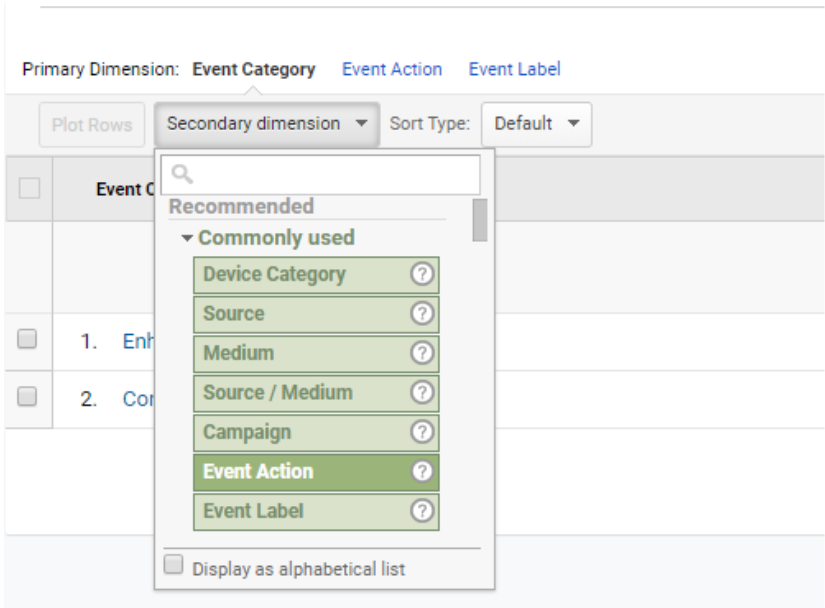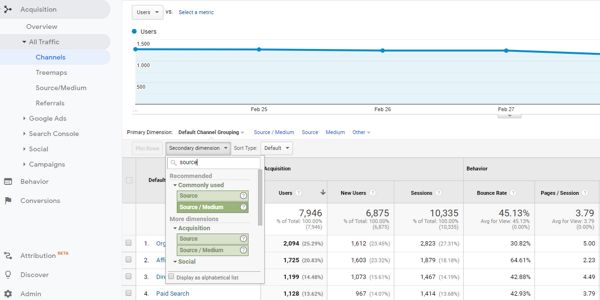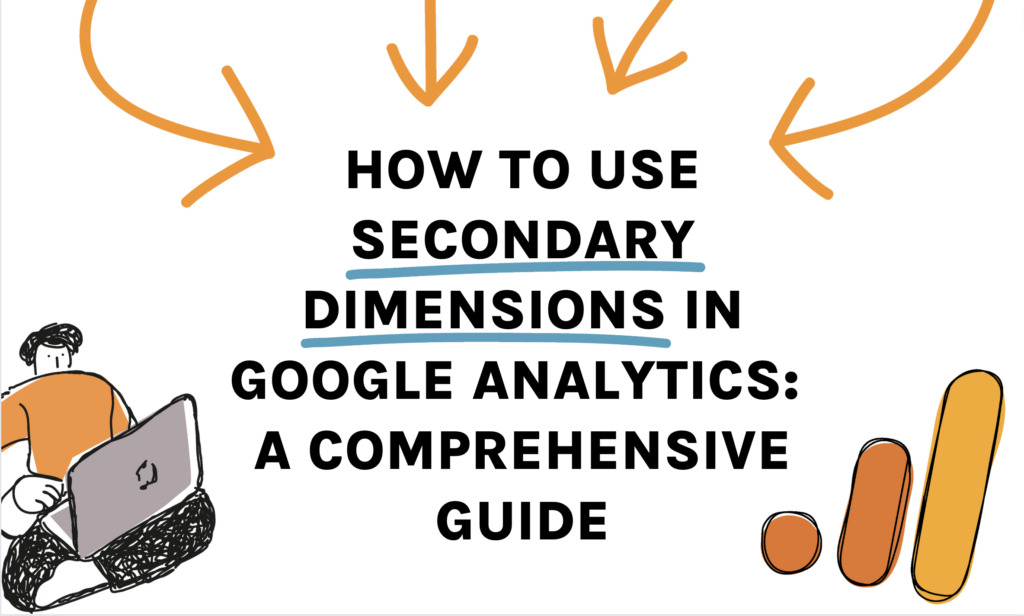Essential Understanding: 'Secondary Dimensions' in Google Analytics Explained
Essential Understanding: 'Secondary Dimensions' in Google Analytics Explained
Blog Article
Navigating the Depths of Secondary Dimension in Google Analytics: An In-depth Exploration on Its Performance
In the realm of digital analytics, the intricacies of information interpretation commonly hold the key to unlocking important understandings. Within the extensive toolkit of Google Analytics exists a function that acts as a concealed gem for those that seek a much deeper understanding of customer actions and site efficiency. Second dimensions, though apparently uncomplicated at first glimpse, nurture a wealth of untapped potential waiting to be taken advantage of. As we start this trip to check out the nuanced capability of additional dimensions, we will certainly discover exactly how this function can illuminate patterns, reveal connections, and ultimately lead the way for notified decision-making in the electronic landscape.
Understanding Additional Measurements in Google Analytics

Recognizing how second measurements job is essential for leveraging the complete power of Google Analytics. By incorporating main metrics with additional dimensions, you can acquire valuable insights that drive notified decision-making and optimization methods.
Leveraging Additional Dimensions for Data Analysis
Structure upon the fundamental understanding of exactly how second measurements boost information analysis in Google Analytics, the use of these added layers of details ends up being paramount in extracting useful insights for informed decision-making and optimization strategies. By leveraging additional dimensions, analysts can dig much deeper right into the efficiency metrics by including even more context to the main measurements, thus uncovering concealed patterns and relationships that might not be apparent in the beginning look. This much deeper level of evaluation makes it possible for companies to better understand user actions, determine fads, and determine areas for improvement.
Additionally, secondary measurements give a more detailed sight of the data, permitting segmentation based on different criteria such as demographics, devices, website traffic sources, and a lot more. This division assists in an extra granular analysis, allowing organizations to tailor their approaches and campaigns to details audience segments for enhanced targeting and customization. In essence, the critical use of secondary dimensions empowers companies to make data-driven choices that drive growth and success in the electronic landscape.
Advanced Methods for Second Dimension Implementation
Exploring detailed approaches to harness the full possibility of additional dimensions in Google Analytics raises the depth and refinement of information analysis for strategic decision-making. One sophisticated strategy for implementing additional dimensions is making use of custom dimensions. By defining customized dimensions, users can section data even more to gain more specific insights right into individual actions, such as tracking communications with particular aspects on a page or monitoring the performance of a certain marketing project. Another innovative method is the application of regex (normal expressions) within secondary measurements. Regex enables more versatile and effective pattern matching, enabling users to create intricate filters for information evaluation. Additionally, incorporating second dimensions with sophisticated segments can provide much more granular understandings by applying several layers of segmentation to the data. This technique enables for a deeper understanding of user actions based upon numerous criteria simultaneously. Implementing these read the article advanced methods for secondary dimensions in Google Analytics equips customers to perform more innovative evaluation and make data-driven choices with precision.
Interpreting Insights With Secondary Dimensions

When interpreting understandings with additional measurements, it is necessary to i was reading this think about the context of the information and how different measurements interact with each other. Understanding which specific web traffic sources lead to greater conversion rates or determining which tools individuals favor for making acquisitions can provide actionable insights for optimizing advertising campaigns and improving overall internet site performance. By carefully analyzing the data with second measurements in mind, services can make enlightened choices that drive meaningful outcomes and enhance their digital visibility.
Maximizing Performance With Secondary Dimensions

One essential means to enhance performance with secondary dimensions is by segmenting data much more granularly. This enables you to isolate details elements that may be influencing your metrics and get a better understanding of what drives success or failure in your digital initiatives. By incorporating second dimensions such as 'tool classification' and 'touchdown web page,' you can identify which tool kinds are most reliable for certain landing web pages, allowing you to tailor your strategies accordingly.
Additionally, making use of secondary measurements can assist you recognize fads, patterns, and relationships that might not appear when analyzing data with key measurements alone. This much deeper degree of analysis can result in more educated decision-making and eventually boost the general performance of your site or electronic advertising and marketing campaigns.
Final Thought
To conclude, secondary dimensions in Google Analytics play a vital role in boosting data analysis and supplying deeper insights into site efficiency. By utilizing sophisticated methods and interpreting the data efficiently, companies can optimize their strategies and enhance overall efficiency. Comprehending the functionality of secondary over here measurements is essential for making educated decisions and driving success in the digital landscape.
By leveraging second dimensions, experts can dive deeper into the efficiency metrics by including more context to the main measurements, hence uncovering covert patterns and connections that could not be obvious at initial glimpse. One advanced strategy for carrying out second dimensions is the usage of customized measurements.Having actually understood advanced methods like custom-made measurements and regex for second measurement application in Google Analytics, the next vital action is interpreting the useful insights obtained via these innovative data division techniques. Interpreting understandings through secondary measurements entails analyzing the partnerships in between the key and additional measurements chosen, discovering patterns, trends, and correlations that may not be right away obvious when looking at the data in its whole.When translating understandings through additional measurements, it is essential to take into consideration the context of the information and exactly how different measurements engage with each other.
Report this page